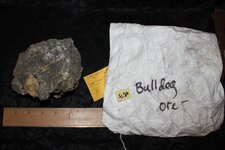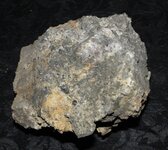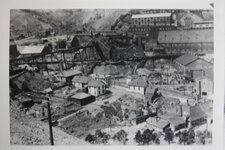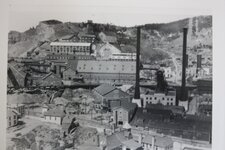Cubfan64
Silver Member
- Feb 13, 2006
- 2,986
- 2,789
- Detector(s) used
- Fisher CZ21, Teknetics T2 & Minelab Sovereign GT
- Primary Interest:
- All Treasure Hunting
Does anyone know for certain the answer to either of these questions?
1) Are there samples of rich gold ore from the Bulldog mine in existence?
2) If so, have any of them been compared both visually and "analytically" to what's believed to be gold or from the LDM?
1) Are there samples of rich gold ore from the Bulldog mine in existence?
2) If so, have any of them been compared both visually and "analytically" to what's believed to be gold or from the LDM?








